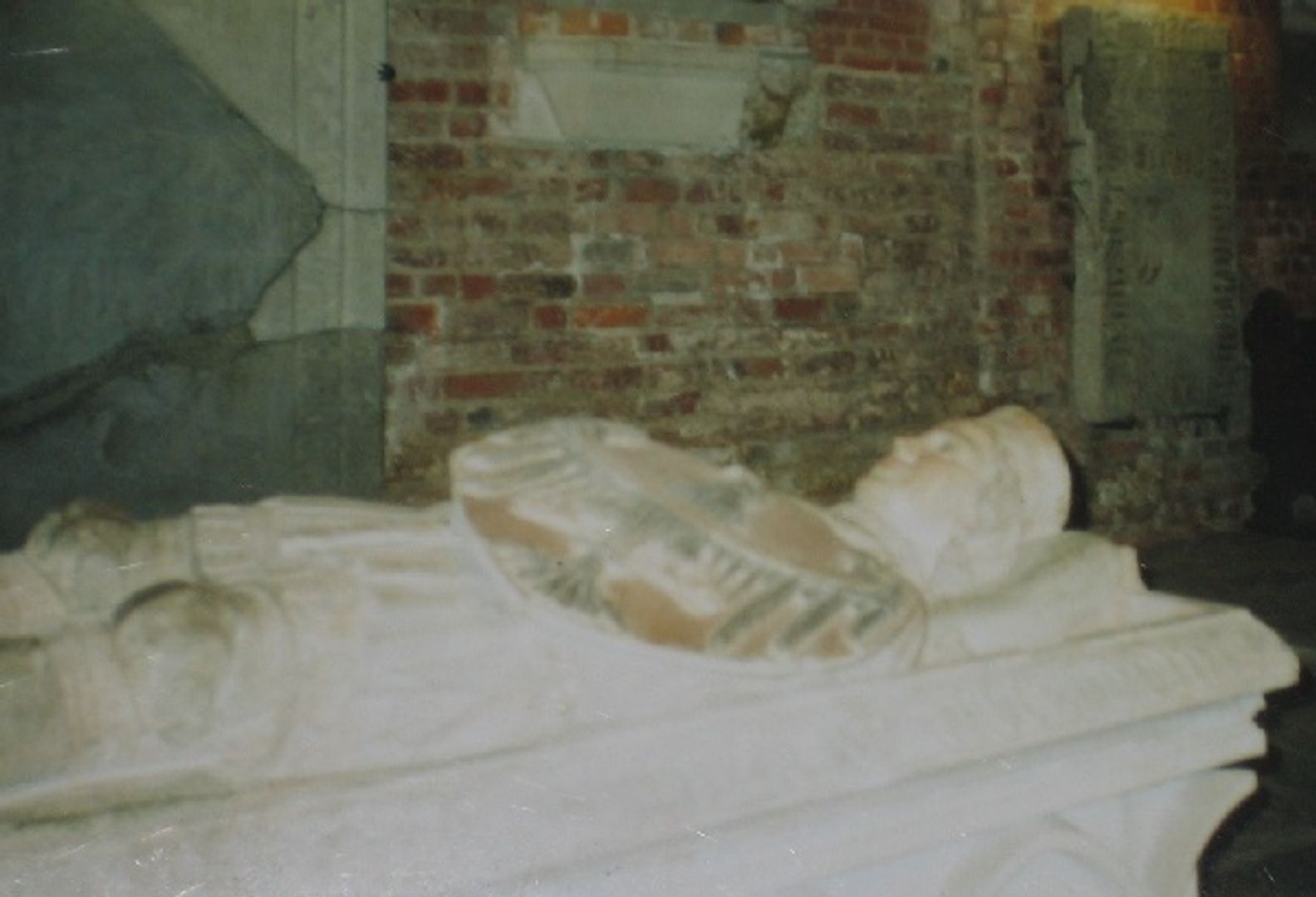Piast Mausoleum in Wrocław
6.57

Overview
The Mausoleum of the Silesian Piasts in Wrocław is located in the Church of St. Clare and St. Hedwig, in what was once the main nave of the church. The vast majority of those buried there are members of the Piast dynasty and the abbesses of the Poor Clares. The process of relocating the remains to various parts of the church began as early as the 18th century, and in the 19th century, some of the tombstones were even covered by a new floor, which meant they were only rediscovered after World War II. As a result of wartime destruction, the church underwent a thorough transformation; between 1968 and 1970, under the direction of Edmund Małachowicz, a new ceiling was built at the height of the Gothic vaults, thus showcasing the historical architecture. The full-figure tombstone of Henry VI is particularly striking—it was converted from a vertical position to a freestanding one, surrounded by new, supplemented ornaments. The mausoleum also stands out due to the presence of the tombstones of Henry III the White, Henry V the Fat, and Henry VI the Good, which document the historical ties of this dynasty to the region. It is also worth noting the urn containing the heart of Princess Karolina, the last female member of the Piast dynasty, which underscores the tragic dimension of the Piasts' history. The entire structure not only documents the rich cultural heritage of the region but also serves as an important landmark on the historical map of Wrocław, preserving the memory of past rulers and their influence on the city's development.
Location
Tickets
Powered by GetYourGuide
2025 Wizytor | All Rights Reserved